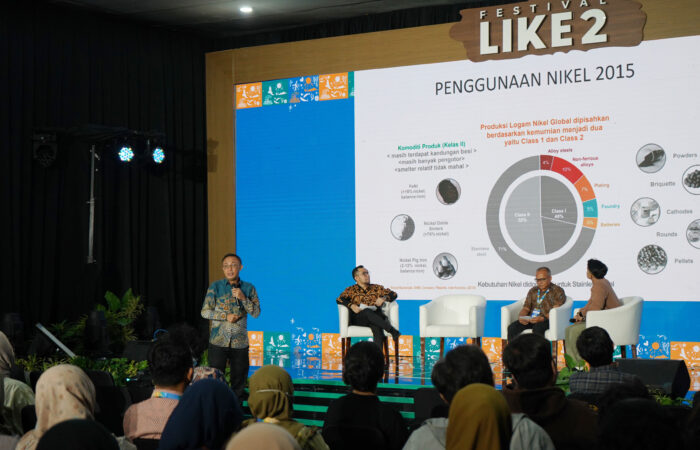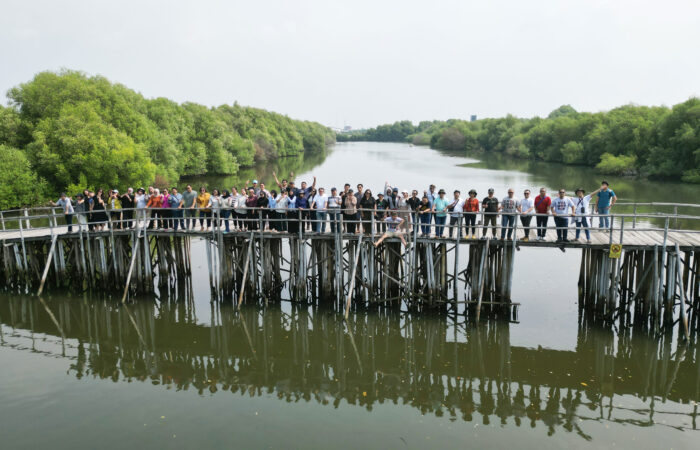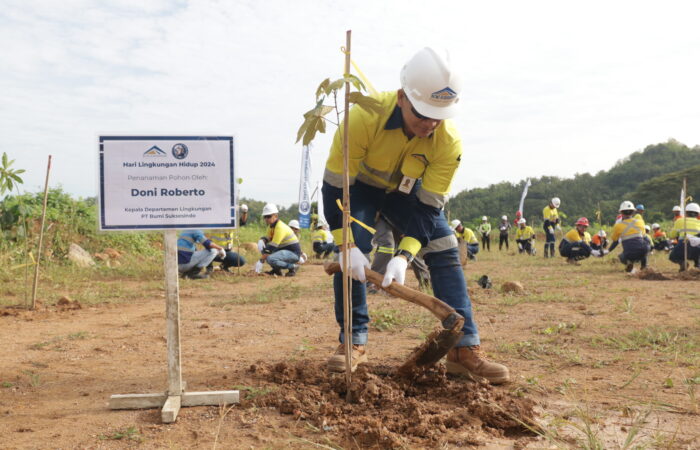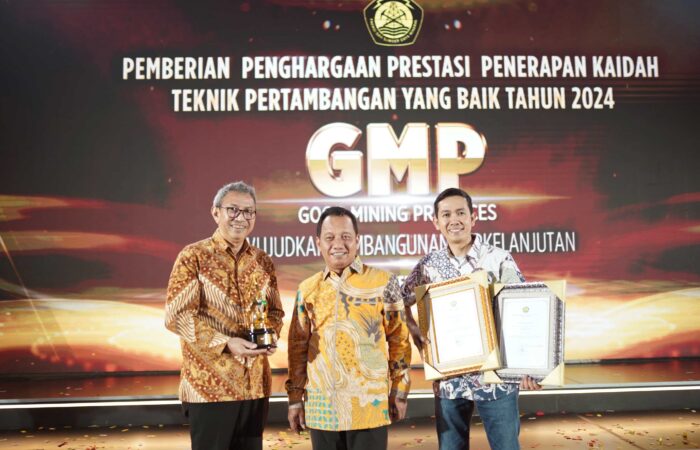
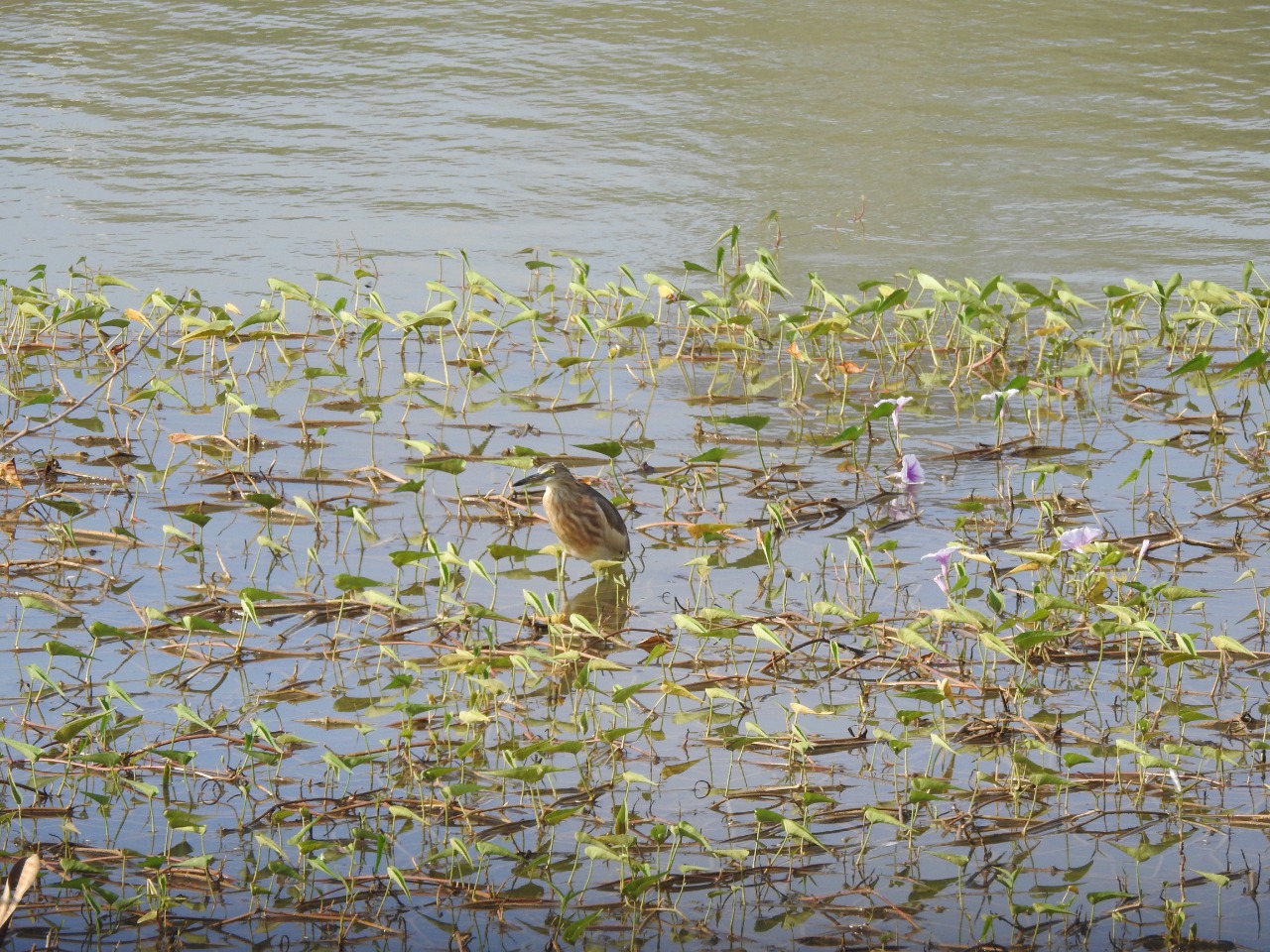
Merdeka Group recognizes that water is a limited resource essential to community life, as well as playing a vital role in supporting company operations. We are committed to using water responsibly through effective management.
Therefore, we strive to reduce wastewater discharge (effluent) and encourage the application of a life cycle perspective among suppliers to reduce water use and wastewater generation. We also collaborate with stakeholders to identify water users and those potentially affected by our operations. We adopt a mitigation hierarchy that includes preventing and minimizing the impacts of water use and wastewater generation on workers, affected communities, and the environment. If prevention is not feasible, we minimize impacts and provide compensation.
For mining operations, we implement a Closed Loop Water System that recycles water for operational needs, using water only from within the operational area, and ensuring that any water discharged into public bodies meets regulatory quality standards.
At high-rainfall sites like Tujuh Bukit Gold Mine, we use rainwater collected in a series of dams for operational needs. At lower-rainfall sites like Wetar Copper Mine, we use river water. Groundwater is used solely for domestic needs from bore wells with the necessary permits.
Any water that needs to be released into public bodies like rivers, especially during the rainy season, is gradually settled in a series of dams and neutralized to meet government standards. Compliance points, as required by the government, are available at these public water bodies. The Ministry of Environment and Forestry monitors the quality of water released into public bodies through an automatic water monitoring tool called SPARING, connected in real-time to the ministry’s server.
The effectiveness of water management targets and programs is monitored by the Head of Technical Team (KTT) or General Manager at each Merdeka Group business entity. Achievements are reported to the Sustainability Committee, which serves as the basis for strategy formulation and oversight of the Water Management Policy implementation.
For more on our water and wastewater management, read our 2023 Sustainability Report, page 50.
